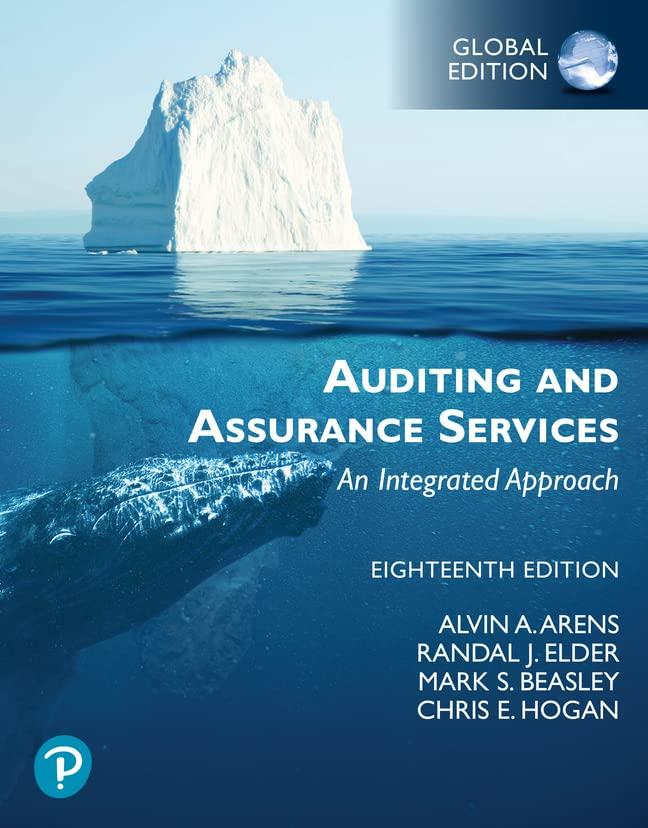Question
Prove your mastery! Your results will report to the gradebook. If you are not ready to submit work for a grade, you can try activities
Prove your mastery! Your results will report to the gradebook. If you are not ready to submit work for a grade, you can try activities again or attempt the Practice Mastery. Your work will be saved as you work through each part.
Drag the account types to form the expanded accounting equation. Begin the equity section with Contributed Capital + Retained Earnings. Then, identify whether the item increases, '+', or decreases, '-', equity.
Draggable Card,Common Stock
Draggable Card,Cash
Draggable Card,Dividends
Draggable Card,Accounts Receivable
Draggable Card,Assets
Answer Field,Empty Droppable Area,Group 1,
Draggable Card,Liabilities
Answer Field,Empty Droppable Area,Group 2,
Draggable Card,Accounts Payable
Answer Field,Empty Droppable Area,Group 3,
Draggable Card,Unearned Revenues
Answer Field,Empty Droppable Area,Group 4,
Draggable Card,Revenues
Answer Field,Empty Droppable Area,Group 5,
Draggable Card,Expenses
Answer Field,Empty Droppable Area,Group 6,
Enter the missing value to balance the equation.
equals44,000plus13,000minus42,000plus9,000minus9,000
73,800equalsplus10,000minus3,000plus27,000minus200
88,000equals49,000plusminus9,000plus34,000minus18,000
Identify the part of the expanded accounting equation for each account title.
Prepaid Rent - Asset Common Stock Dividends Expense Liability Revenue
Common Stock - Asset Common Stock Dividends Expense Liability Revenue
Dividends - Asset Common Stock Dividends Expense Liability Revenue
Insurance Expense - Asset Common Stock Dividends Expense Liability Revenue
Interest Payable - Asset Common Stock Dividends Expense Liability Revenue
Interest Revenue - Asset Common Stock Dividends Expense Liability Revenue
Build a T-account for each account title. Label the DR (debit), CR (credit), NB (normal balance), and + or -.
Draggable Card Debit
not selected
DebitDraggable Card Normal Balance
not selected
Normal BalanceDraggable Card Credit
not selected
CreditAccounts Receivable
not selectednot selected
Left Accounts Receivable
not selectednot selected
Right Accounts Receivable
Common Stock
not selectednot selected
Left Common Stock
not selectednot selected
Right Common Stock
Dividends
not selectednot selected
Left Dividends
not selectednot selected
Right Dividends
Repairs and Maintenance Expense
not selectednot selected
Left Repairs and Maintenance Expense
not selectednot selected
Right Repairs and Maintenance Expense
Unearned Revenue
not selectednot selected
Left Unearned Revenue
not selectednot selected
Right Unearned Revenue
Interest Revenue
not selectednot selected
Left Interest Revenue
not selectednot selected
Right Interest Revenue
A T is drawn. The vertical line divides the account into its left and right sides. The left side of the T-account is called the debit side and the right side is called the credit side. The account name is at the top, above the horizontal line.
Using the expanded accounting equation, calculate and enter the answers for each question. You will need to use the answers you calculate for beginning and ending equity to answer the rest of the questions.
| Assets | Liabilities | |
|---|---|---|
| Beginning of Year: | $28,000 | $15,000 |
| End of Year: | $61,000 | $26,000 |
1) What is the equity at the beginning of the year?
Beginning Equity
2) What is the equity at the end of the year?
Ending Equity
3) If the company issues common stock of $5,100 and pay dividends of $36,700, how much is net income (loss)?
Net Income (Loss)
4) If net income is $2,500 and dividends are $8,900, how much is common stock?
Common Stock
5) If the company issues common stock of $16,600 and net income is $18,200, how much is dividends?
Dividends
6) If the company issues common stock of $43,000 and pay dividends of $3,400, how much is net income (loss)?
Net Income (Loss)
Step by Step Solution
There are 3 Steps involved in it
Step: 1

Get Instant Access to Expert-Tailored Solutions
See step-by-step solutions with expert insights and AI powered tools for academic success
Step: 2

Step: 3

Ace Your Homework with AI
Get the answers you need in no time with our AI-driven, step-by-step assistance
Get Started


